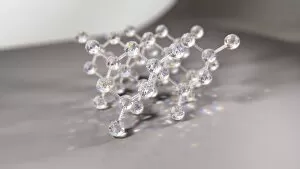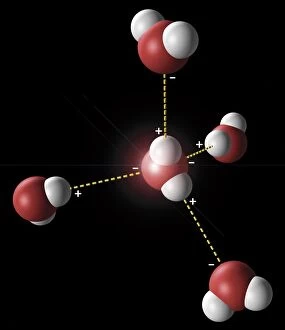Tetrahedral Collection
"Tetrahedral: A Fascinating Shape in Science and Invention" The concept of tetrahedra extends beyond mere geometry
All Professionally Made to Order for Quick Shipping
"Tetrahedral: A Fascinating Shape in Science and Invention" The concept of tetrahedra extends beyond mere geometry, as it finds its place in various realms of human ingenuity. From the Tetrahedra of Space that captivate our imagination to the iconic Wonder Stories Sci-Fi Magazine cover, this shape has left an indelible mark. One notable instance is the remarkable tetrahedral kite designed by none other than Alexander Graham Bell himself. This visionary teacher and inventor showcased his brilliance with Cygnet I, a pioneering creation from 1907. Bell's dedication to pushing boundaries knew no bounds, evident in his relentless pursuit of innovation. Beyond aviation marvels, the tetrahedral structure also manifests itself in different forms. The diamond structure artwork showcases its elegance and strength while highlighting its significance in various industries. Additionally, hydrogen bonding in water reveals how this shape influences molecular interactions on a fundamental level. Delving into nanotechnology advancements, we encounter the Tetraform nanoprecision machine tool - a testament to humanity's ability to harness precision engineering at microscopic scales. Meanwhile, minerals like Tetrahedrite and Chalcopyrite demonstrate nature's affinity for organizing atoms into these distinctive shapes. As we reflect on Bell's Kite-1 soaring through the skies over a century ago, we are reminded of how one man's curiosity can lead to groundbreaking achievements. The tetrahedral form continues to inspire scientists and inventors alike as they strive for new frontiers where innovation knows no limits. Whether it be exploring outer space or unraveling molecular mysteries within water molecules or minerals; whether it be revolutionizing aviation or delving into nanotechnology wonders - the tetrahedral shape remains an emblematic symbol of human creativity and scientific progress throughout history.













